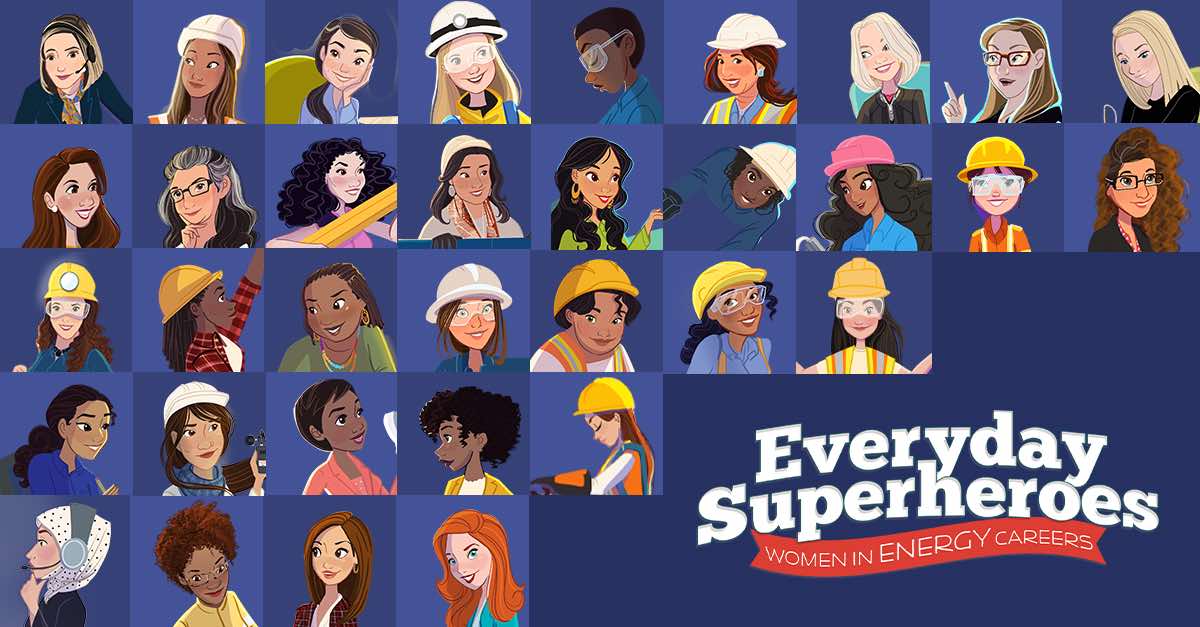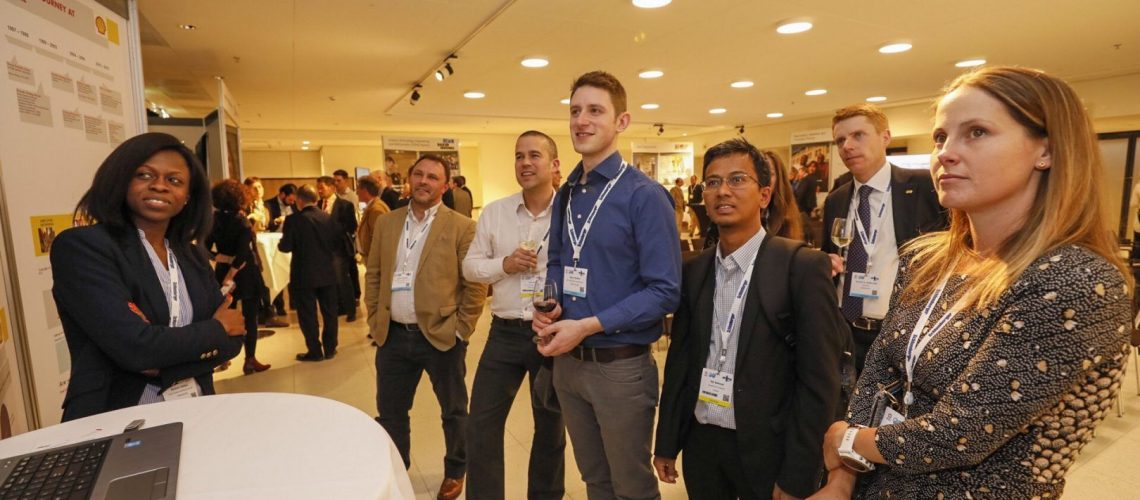AnneMarie Horowitz, Director, STEM Rising, U.S. Department of Energy
Last month, PinkPetro’s Jen Simpson wrote a compelling call to action to intervene in the gender gap in energy. Titled “What Energy Professionals Need to Know About the STEM Gender Crisis”, the article outlined the points at which girls’ interest in science, tech, engineering, and math (STEM) topics and careers drops as they get older and move through the education and career pathways.
Stats are always helpful for driving home a point, giving a
strong backing to the call to act. There’s a strong outline here of things NOT
to do – don’t perpetuate stigmas wondering if girls can succeed in STEM. Don’t
presume that mothers are any less committed to their work than non-parents or
dads. Don’t start undergrad women in STEM off with negative feedback and poor grades
without help and support.
We need to move beyond the stats and the barriers, though,
to positive actions you can take to get more girls and women into STEM. A
laundry list of barriers aren’t going to change the way we do business as a
nation to drastically change how we get girls interested in STEM. Rather, let’s
make lists and strategies that share things that work. Here’s a start:
Celebrate Success
She Can STEM. So Can You. This is a tagline from the AdCouncil’s campaign focused on showing middle and high school aged girls that there are plenty of strong, successful, and impressive women in STEM to be seen, and they too can be inspired and pursue STEM careers. And check out the U.S. Chamber Foundation’s Light A Spark: Empowering Women and Girls in STEM campaign, using storytelling about women in STEM and their unconventional STEM careers to give girls a look at why they should choose STEM (check out the #LightASpark hashtag on social media platforms).
Add to this by telling the stories of successful women in STEM at your organizations. At the U.S. Department of Energy, we have over 100 profiles up in our STEM Rising: Women @ Energy website that share what excites women in STEM at DOE about their jobs, how they got inspired to try STEM, what advice they have for others, and what they do in their free time. Keep in mind that last part – girls need to see women in STEM as well-rounded people with full lives outside of the jobs that they can relate too. Yes, women in STEM like rock music, rock climbing, and rockets.
Look on the Bright
Side
Negativity creates more negative results. Instead of writing about the low numbers of women in STEM and how we must combat that, try starting out with the success stories (see above) and the impressive accolades and achievements of women and girls in STEM. Research has shown that stereotypes are self-perpetuating. One study showed that if a girl hears falsely that girls are “bad at math” before taking a test she’ll do worse on that test than a classmate who didn’t hear that same false narrative before the test.
How about we don’t amplify the stereotypes and stats – at least not above the fold? You could include information about the research-proven benefits of diversity in boardrooms and at the decision table. You could talk about the way STEM jobs can change the world by helping reduce global carbon emissions, and that girls and women can use these careers to make a difference. You can talk about the discoveries and science that wouldn’t have been possible without women (like we did in our Women’s History Month article here).
Support Employees
This October, federal employees will start receiving 12 paid
weeks off for the birth, fostering, or adoption of a child. This is monumental,
and employees are thrilled to be receiving this benefit.
When employees can feel like they won’t be forced to choose between their new family and the job they love, it’s a huge win for both the individual and the employer. Parental leave – not just maternity leave – enables new moms to get the time they need to recover, get full support from their partner, and get full support from their employer. And that’s critical, because we know from research that 28 percent of new parents leave full-time STEM work after a baby comes along.
Part of support you can offer, beyond paid parental leave,
is making sure the returning moms are supported with adequate time and a safe,
dedicated space for pumping, in the case that she’s choosing to do so. Match
that with workplace flexibilities that boost morale and retention for all
employees (parents and not), like the ability to telework, adjust hours to
accommodate things that pop up outside of the office, and simply asking about
your employees’ lives outside of the office. We need to help everyone bring
their full self to work.
What best practices have you seen work for your company/organization? Share them on Twitter to @PinkPetro to spread these great ideas.






